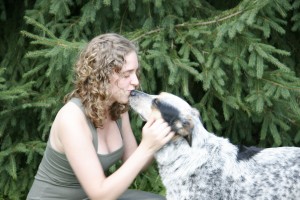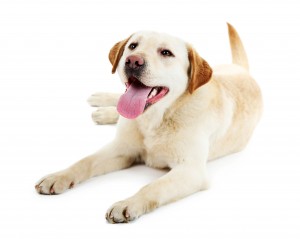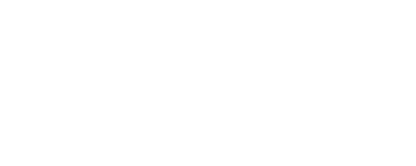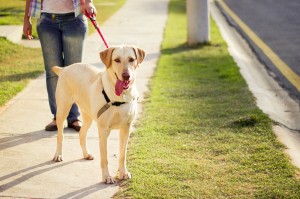 By Amélie Bourdon
By Amélie Bourdon
M.C.P. Specialist in canine behavior at Espace Chien
Member of the APDT Instructor and evaluator for the program « My Dog HAS C.L.A.S.S. »
January 6, 2016 — Buddy is a lovable Labrador. However, it is reactive when on a leash. In such a situation and at the sight of a dog, the animal expresses a heartfelt aggression when in normal time, it has the reputation of being soft.
Most of the time, it pulls on its leash, growls, barks and takes a high posture, they say in the jargon of dog trainers. In other words, it supports its weight on its front legs. This gives it the height and makes it more imposing.
Fear, Stress and Anxiety
This behavior reflects the unease felt by Buddy when it sees a fellow. This attitude reveals fear, stress and anxiety. Many dogs are reactive when they are on a leash. The causes can be diverse: “They may have been attacked by another dog in the past, have not been socialized between one and four months, or stayed too long in a cage before being bought at a pet shop”, says Amélie Bourdon, dog trainer in behavior at Espace Chien.
The reactivity on a leash can also be exacerbated by the master himself because he addresses reprimands to his animal to prevent it from doing so. It then increases the level of stress and fear which makes things worse.
In any case, there are different ways to ease or even eliminate this behavior. First, you must desensitize the dog which sees another. A dog trainer will expose the animal to this situation through a methodical and calculated approach. Ideally, one must first determine the ideal distance between the two dogs, being that which arouses no reaction to the one that is responsive. Then, little by little, we will reduce the gap.
As this first step takes time to get results, you have to add to it the approach that is called Classical Counter-Conditioning. It involves changing the attitude of a dog facing the stimulus that disturbs it, creating a positive emotion. That said, in the case of Buddy, a gourmet dog, food is indicated to achieve it. This creates a sensation of pleasure in animals, just like humans who eat their feelings.
The Counter-Conditioning Operant
It will also be added to this technique the Counter-Conditioning Operant which contradicts the natural behavior of a dog. For example, one who has a tendency to attack people is ordered to a sitting or lying position. While a dog trainer is working to change this bad habit, it is, therefore, impossible for the animal to be in attack mode.
In short, when exposed to another dog and being on a leash, Buddy is sitting and has to focus on his mistress. By changing the negative emotion associated with his problem, it comes to forget barking and being aggressive. Little by little, we will manage to change its behavior in this way. To apply the recommended method, “A dog trainer should have a sense of timing, so that the animal understands what is expected of him at this precise moment,” says Amélie Bourdon.
Buddy Gets Better
 After a few education sessions, Buddy has made progress. His aggressiveness is less intense and it is easier to put an end to it. “When facing another dog, it focuses more attention on me than on the animal,” says her mistress. One ought to remember that often times a problematic behavior of a dog may be solved. One needs to know and take the necessary steps for the benefit of his animal. The latter will feel better and the master too.
After a few education sessions, Buddy has made progress. His aggressiveness is less intense and it is easier to put an end to it. “When facing another dog, it focuses more attention on me than on the animal,” says her mistress. One ought to remember that often times a problematic behavior of a dog may be solved. One needs to know and take the necessary steps for the benefit of his animal. The latter will feel better and the master too.
Warning: Canine aggressiveness can be attributed to the genetics of an animal or its food. In reducing this aggressiveness, which is a negative emotion or even eliminate it completely, it will prevent it possibly from being abandoned or euthanized.
Photo 2: Dollar Photo Club/Juliana Frug
Photo 2: Dollar Photo Club/Africa Studio
Like this article? Like us Facebook.
All rights reserved
Visitors of this site may also read other articles in their English version:
The benefits of pet Therapy
Baltic
Pilots N Paws
You may also watch ou videos that are subtitled in English.
Click on the icon on the right hand side:
Balinese Cats/Zootherapy and autism/Advertising Video of Realité Animale


